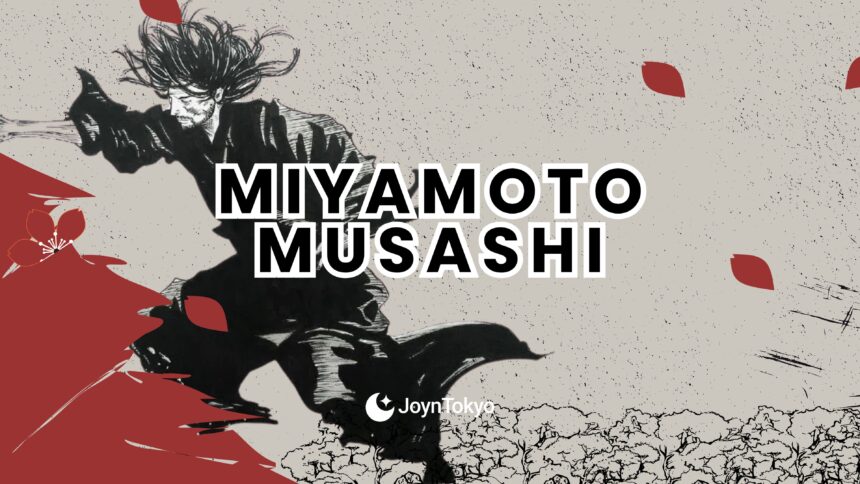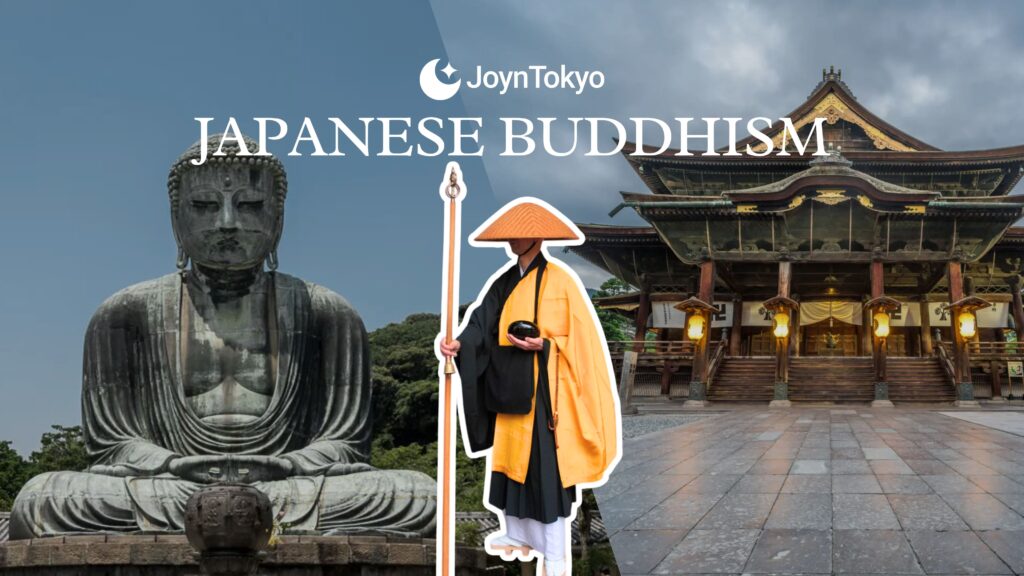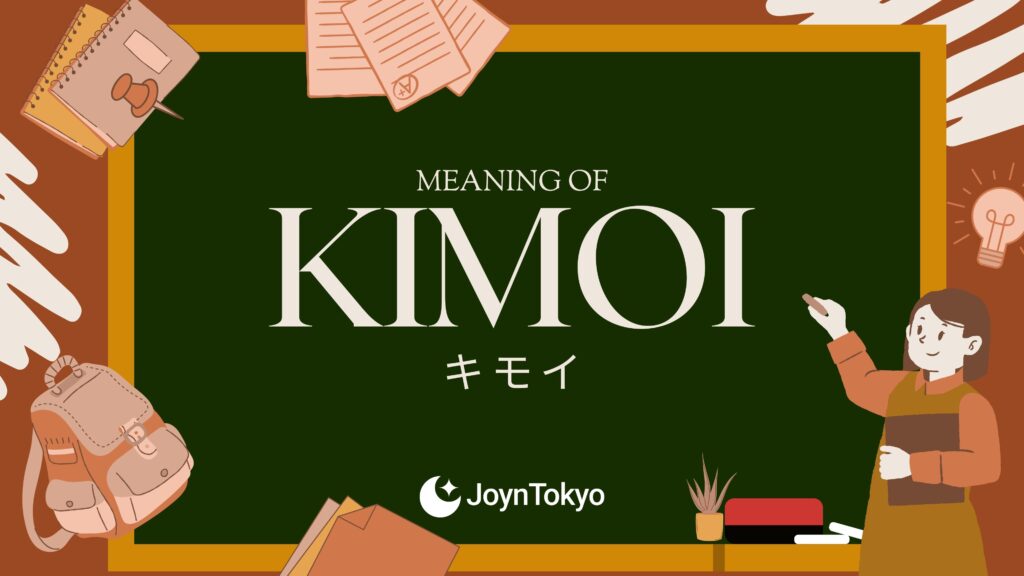The Samurai have long held a place in the minds of people inside and outside of Japan. While ninja may have dominated the 1980s in the west, and there was a small manga called Naruto that you may be aware of, samurai are arguably the symbol of pre-modern Japan — perhaps second only in the public imagination to the architecture of Kyoto.
There have been unnumbered swordsmen throughout history, but one revered in Japan even today as one of the greatest, one of a handful of people known as kensei (”sword saint”/剣聖). But who was Miyamoto Musashi? How did Miyamoto Musashi live? How did Miyamoto Musashi die? And most importantly, why do we remember Miyamoto Musashi? Grab both your blades, and let’s cut to the chase!
Was Miyamoto Musashi Real? The Life of Miyamoto Musashi
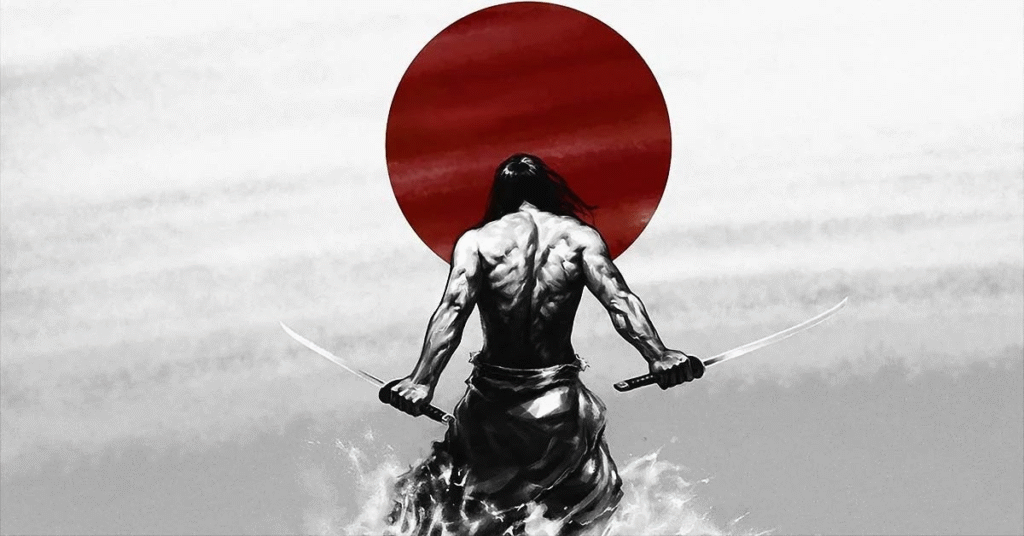
Long story short: yes, Miyamoto Musashi was a real, flesh and blood swordsman. That said, because he lived over five hundred years ago, records of specific details of his life are difficult to come by and hard to verify conclusively.
However, there are many things that, having been independently written from different sources, we can say definitely did happen — even if we cannot be certain of the exact details. So, with that proviso in mind, here is what we can tell you about some basics of his life.
When was Miyamoto Musashi born?
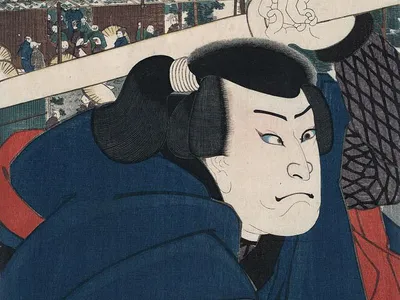
The origins are obscure, to begin with. By his own account in his work The Book of Five Rings (which we shall return to later), he was born in Miyamoto, part of modern-day Hyoga Prefecture. Contemporary writings put his birth at 1584, though naturally there is some ambiguity on how definitive this is.
What did Miyamoto Musashi look like?
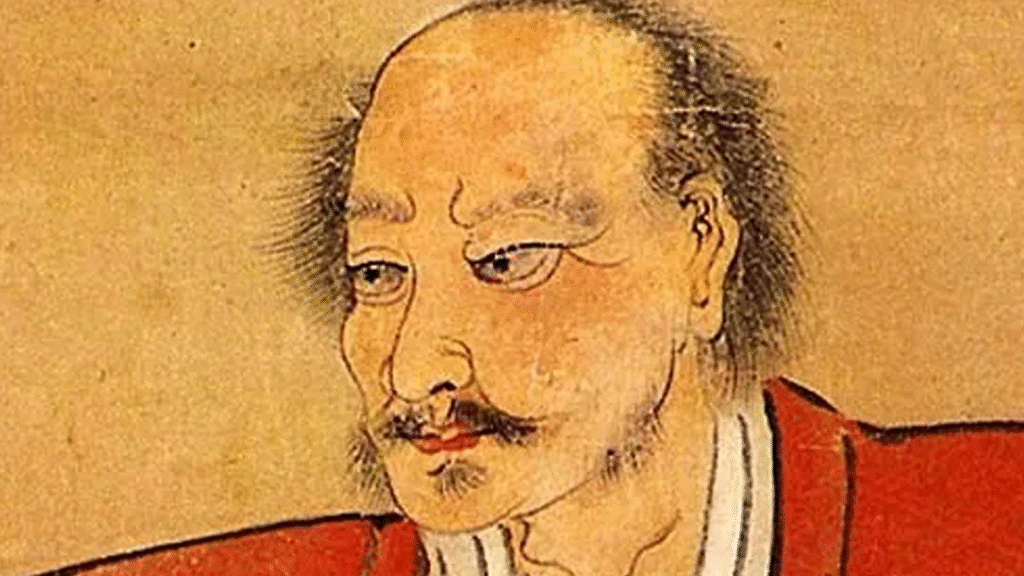
Once more, this is difficult to ascertain exactly, but when is comes to some things, we can be fairly sure that he had some form of skin condition, likely eczema. This is not only from contemporary writing, but portraits made at the time depict notable red blotches on his skin. As for, “how tall was Miyamoto Musashi”? Again, very difficult to know, but as his height has not been remarked on that we know of, he was likely of average height.
What Was the Story of Miyamoto Musashi’s Life?
At the age of 15 or 16, Miyamoto Musashi began traveling, testing his swordsmanship and becoming known as a skilled duelist. Legend has it that, on departing his village, he bequeathed his worldly possessions to his sister and her husband. This was part of a rite of passage for some samurai: a pilgrimage not to seek a place, but to hone one’s skills.
It has been said by some that he fought in the Battle of Sekigahara, a decisive conflict at the conclusion of the Warring States period. Though reports are mixed, most modern historians agree that he fought with the victorious Tokugawa clan. It is also believed that he took part in the Siege of Osaka, where the Tokugawa clan outlasted and outfought the Toyotomi clan, ending with the unification of Japan under Tokugawa Ieyasu, the first Shogun.
Nevertheless, his victories apparently did not go to his head: he was allegedly involved in suppressing the Shimabara-Amakusa Rebellion, and praised his comrade and erstwhile superior Mizuno Katsushige, saying: “he is a great general that no one can match.”
Did Miyamoto Musashi Have a Wife or Family?
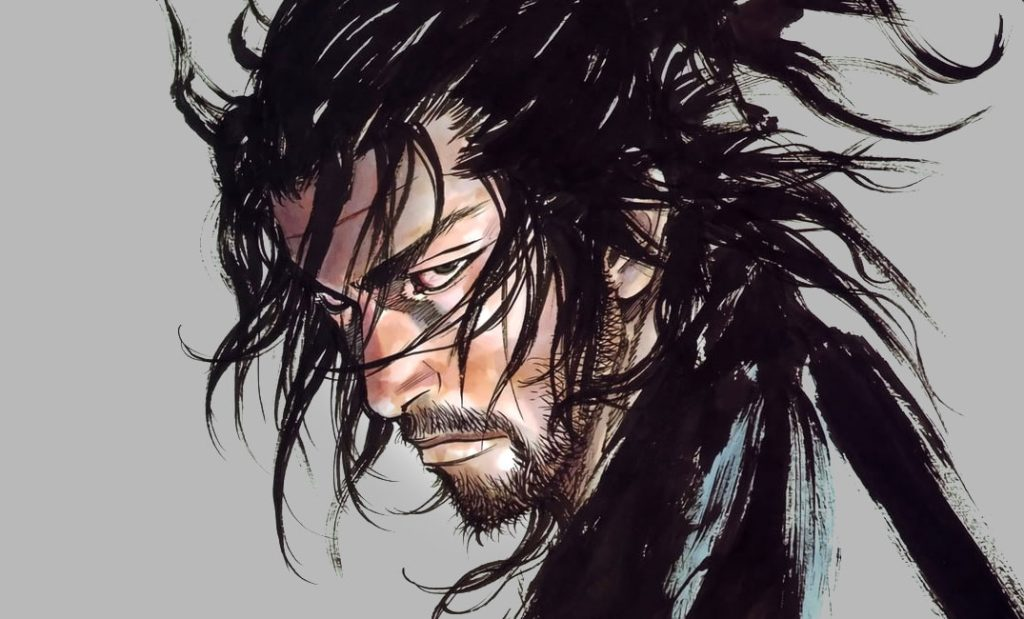
The short answer is: no. Miyamoto Musashi was notorious among his contemporaries for not taking a wife. Indeed, to an extent it might be said he was married to the sword: one historian says that, “for his entire life, Musashi never took a wife, cut his hair, or entered a bath.” This aversion to personal hygiene can be attributed, some say, to his never wanting to be surprised unarmed. It is possible, however, that he adopted a son, by the name of Yoemon Hirao.
The Death of Miyamoto Musashi
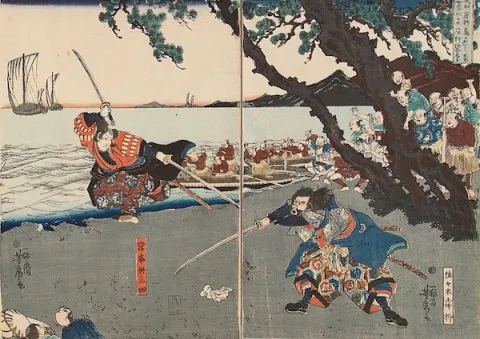
Despite his prowess and profligacy at battle, Miyamoto Musashi had a sedate end. In 1642, he began to suffer from nerve pain, and in 1643 he retired to live as a hermit in the cave Reigandō, where he spent his time writing, most notably The Book of Five Rings. It is believed that in 1645, he gave all of his writings to his closest disciple, and died one week later of a lung condition, possibly cancer.
Was Miyamoto Musashi a Samurai or a Ronin?
While it is true that Musashi seems to have been taken as a retainer by Kumamoto’s Hosokawa lords, he is best described — at least for most of his life — to have been a masterless samurai, or ronin. Perhaps this was because of his affinity for wandering, or because, for whatever reason, he never found a feudal lord to settle down with — maybe because of his aversion to baths.
What Made Miyamoto Musashi a Legend?
Among all of the swordsmen in Japanese history, there are perhaps three things that we can point to that mean that Miyamoto Musashi solidified his place in history.
The Book of Five Rings
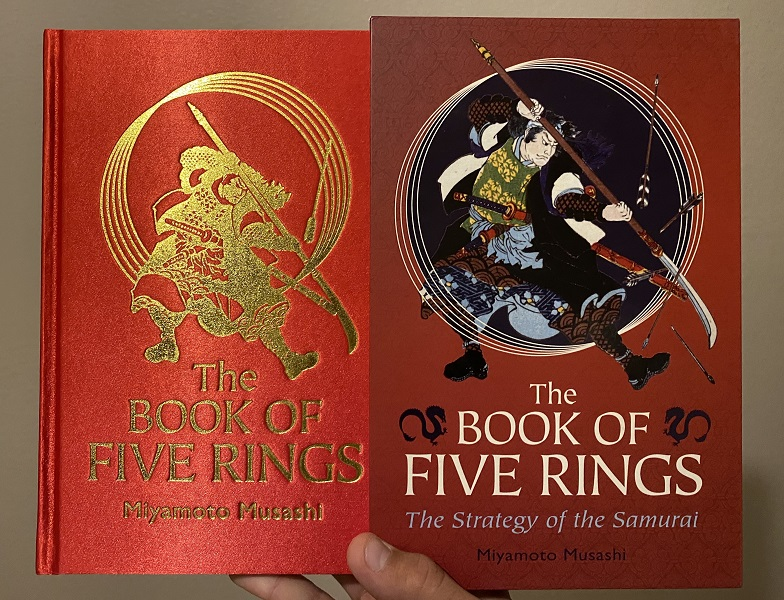
The first is, as we have alluded to, his writing The Book of Five Rings (*Go Rin no Sho/*五輪書). Named for the five elements in Zen Buddhism (Earth, Water, Fire, Wind, and Void), it is a treatise on battle and warfare that exemplifies fundamentals. While swordplay developed numerous stylish and — dare we say it? — beautiful techniques, Miyamoto Musashi eschewed these, insisting that people remember that swordsmanship has but one aim: kill your opponent.
In the centuries since, his “back to basics” philosophy has been admired and followed not only by warriors, but also by businessmen and other people in positions of leadership. The book emphasizes the importance of growth through experience, not just through learning, but also recognizing the failings of established and worthy schools of martial arts who have put finesse above finality.
Read More
Nitenichi Ryu
As anyone who has seen a samurai movie will know, warriors would often carry two swords: a main katana, and a companion wakizashi, the latter used for when one had lost one’s main sword, or fighting indoors or other enclosed areas where space was too limited for a longer sword.
Miyamoto Musashi, however pioneered the Nitenichi Ryu, or “way of two swords in one.” You have two hands, after all, why not use two swords? Miyamoto Musashi argued both that you could use two swords to not only overwhelm a single opponent, but also keep yourself situated when battling multiple foes. He emphasized training with two long swords in each hand: difficult at first, but when mastered, switching to a katana and wakizashi means the skill will remain while the execution will be dramatically easier.
Duel with Kojiro Sasaki
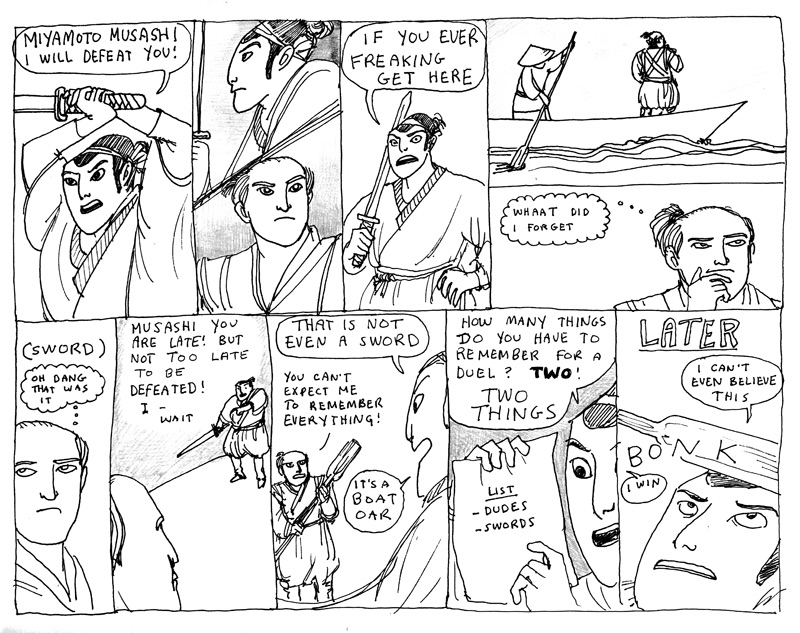
Arguably the most famous duel in the history of Japanese swordplay, in circa 1611, Kojiro, himself as exceptionally skilled warrior, was challenged to a duel by Miyamoto Musashi. Agreeing to meet one year later, legend has it that the dueling ground, Ganryū Island, was filled with spectators, Kojiro Sasaki, the fighters’ seconds… but no Miyamoto Musashi.
Instead, Miyamoto Musashi, possibly in an early example of what we would call “ragebait,” showed up hours late to the duel. An infuriated Kojiro insulted and mocked him, but Miyamoto Musashi remained calm. And instead of drawing a sword… he took up a wooden practice sword he had carved from an oar on the boat ride to the island. Shortly after the start of the bout, Miyamoto Musashi was victorious, crushing Kojiro Sasaki’s skull in a stroke.
Miyamoto Musashi’s ability to win despite having a vastly inferior weapon — one which is meant to be non-lethal — with such ease and in so little time made his skill a matter of legend for all time. It was even the subject of a comic by famed Canadian cartoonist Kate Beaton.
And that is the story of Miyamoto Musashi. An inspiration for centuries, his written works, philosophy, and legendary status as one of the greatest fencers of all time is unlikely to be forgotten soon. We hope you’ll remember it, too.

